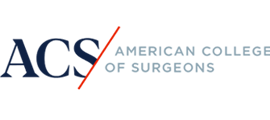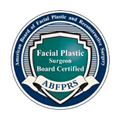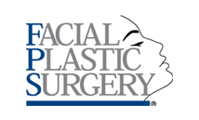“The Glasgold Group’s comprehensive approach to eyelid surgery has led to a significant difference between our results and others,” Dr. Glasgold says. Like upper-lid surgery, these procedures are performed in the Glasgold Group’s operating suite in NJ under local anesthetic or light sedation.
The surgery itself typically takes one to two hours. Anesthesia is given via intravenous sedation or local anesthesia in an accredited medical facility.
For the upper eyelids, an incision is made on the upper lid, and excess and sometimes fat (if necessary) is removed. For lower eyelids, an incision is made inside the lower eye, and excess fat is removed. If skin needs to be removed, a separate incision is made on the outside of the lids.
Blepharoplasty is an excellent cosmetic surgery option because it can reduce puffiness around the eyes caused by aging or lack of sleep, as well as provide a rejuvenating effect and correct hooded eyes. This procedure results in smoother, more youthful-looking skin without removing too much tissue or weakening underlying structures such as muscles and bone. Procedures are performed on both upper and lower lids; however, only one may be necessary, depending on your concerns.
After surgery, ice packs are placed on the eyes, and patients are monitored. Swelling can begin almost right away, so you should expect to feel the pressure and some discomfort immediately after you wake up. You won’t be allowed to drive home from your surgery, so arrange for a friend or family member to bring you in and drive you home safely.



























